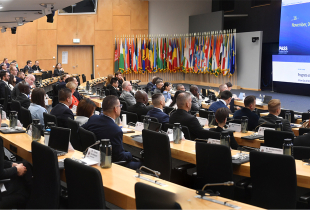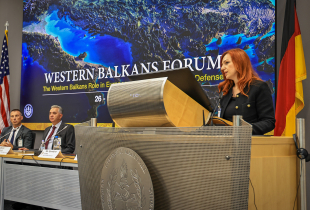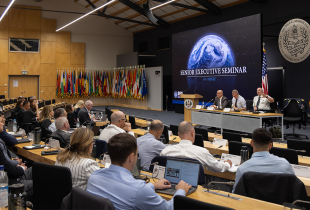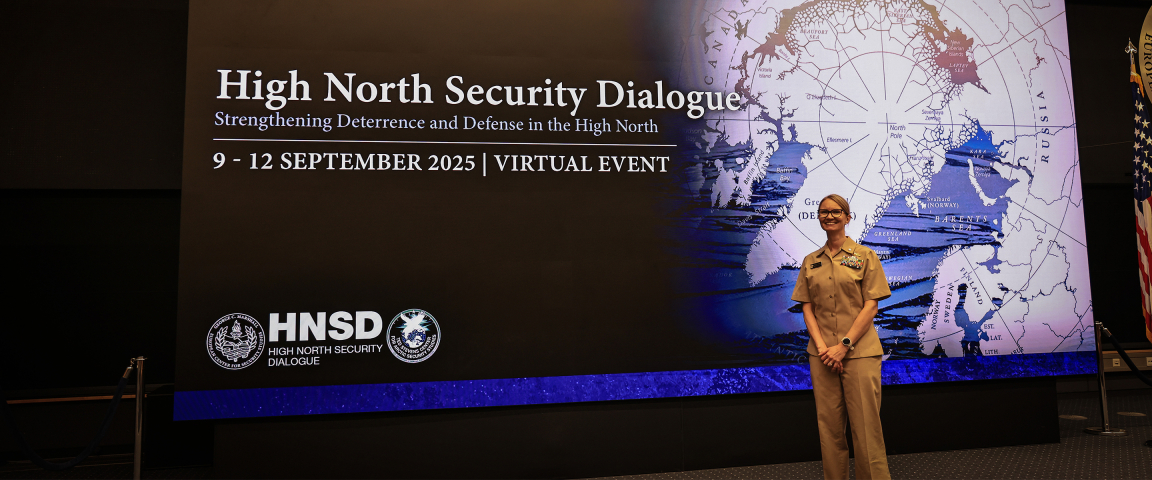
Regional Centers Co-Host Security Dialogue to Advance Deterrence, Defense in the Arctic
The Marshall Center and the Ted Stevens Center for Arctic Security Studies co-hosted the 2025 High North Security Dialogue (HNSD) as a virtual program from Sept. 9–12, 2025. The annual seminar focuses on the High North as a critical operational theater where NATO and partner forces must maintain deterrence and rapid response capability.
“This year’s High North Security Dialogue supports the Department of Defense goal to enhance readiness and resilience along NATO’s northern flank, and it aligns with the Marshall Center’s mission of European-led security, deterrence and defense,” said Barre Seguin, Marshall Center director.
The event theme, “Strengthening Deterrence and Defense in the High North,” framed four days of panels and facilitated seminars that examined warfighting readiness, vulnerabilities of critical infrastructure and Arctic waterways, technology innovation, and senior-leader perspectives on security in the High North.
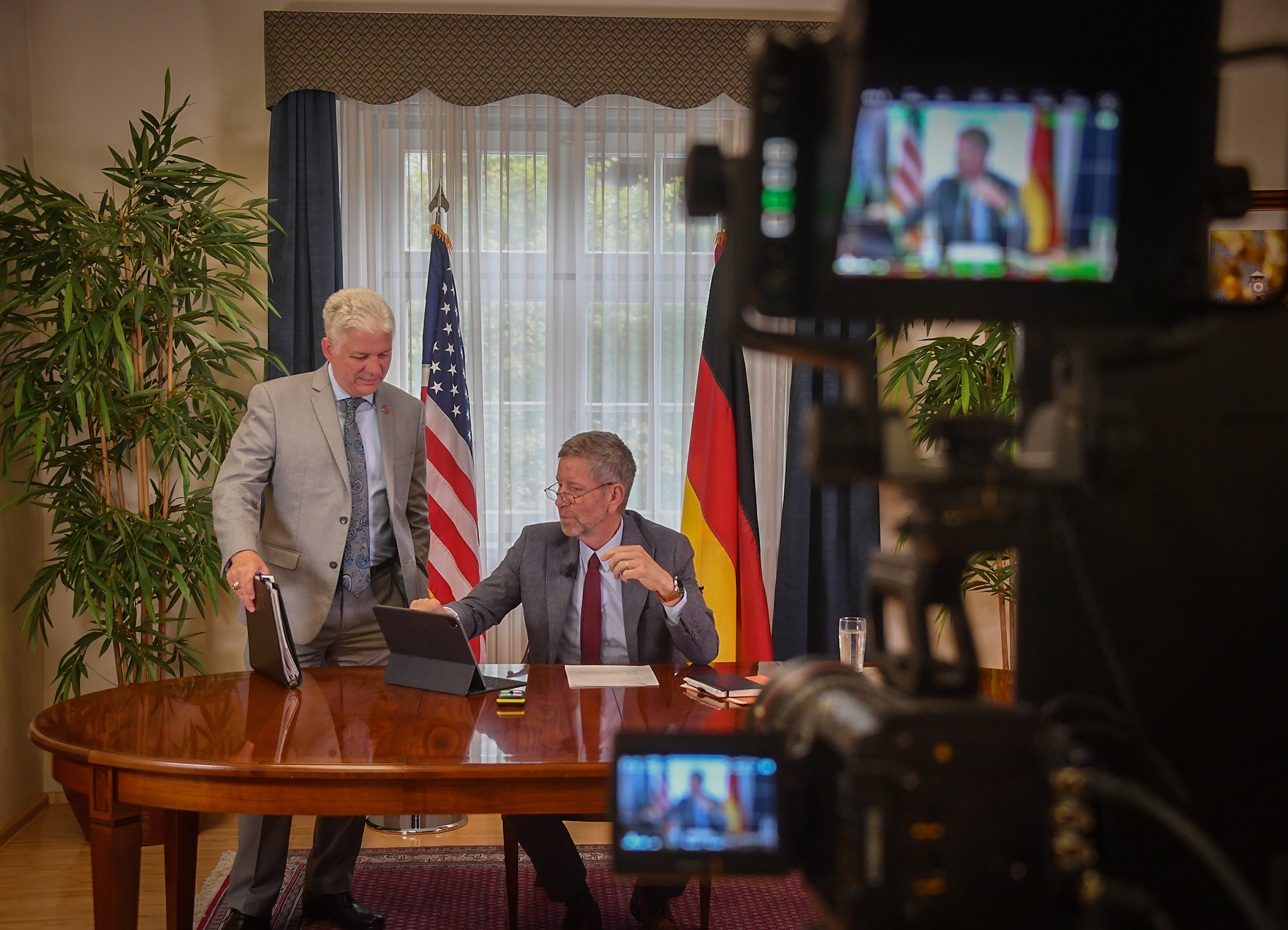
“HNSD is an output-oriented, actionable course,” said U.S. Navy Cmdr. Rachael Gosnell, Marshall Center professor of Strategic Security Studies. “We bring together Arctic and allied experts, including key stakeholders in Germany, to improve security cooperation and burden sharing, align capabilities and the defense industrial base, and leverage northern allies’ strengths to bolster collective defense and the defense of the U.S. homeland.”
HNSD 2025 built on momentum from last year’s in-resident seminar and subsequent policy brief, “High North Security Dialogue ’24—A Divided Arctic: Is an Ice Curtain Emerging?” published with the Munich Security Conference’s Marketplace of Ideas.
This year's opening day set the strategic context with welcome remarks and keynote contributions from senior transatlantic officials, including the U.S. Permanent Representative to NATO and leaders from Germany’s Federal Foreign Office and the NATO Parliamentary Assembly. Discussions assessed the evolving strategic landscape and the implications for Arctic states and the Alliance.
The Marshall Center–Ted Stevens Center partnership highlights the Department of War Regional Center network’s ability to link regional expertise, expand cooperation, and amplify U.S. and Allied priorities. Gosnell noted that the two centers emphasized Arctic warfighting readiness, secured waterways, and the protection of critical infrastructure, while fostering cooperation among Allied and partner militaries to bolster collective defense.
HNSD will continue to bring together stakeholders to turn dialogue into practical recommendations that enhance deterrence, advance interoperability, and promote stability and prosperity in the High North.
